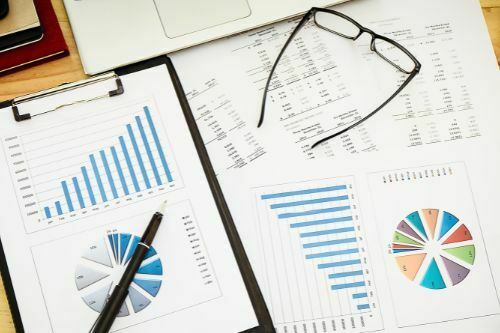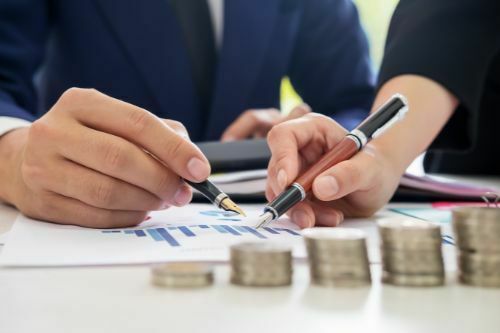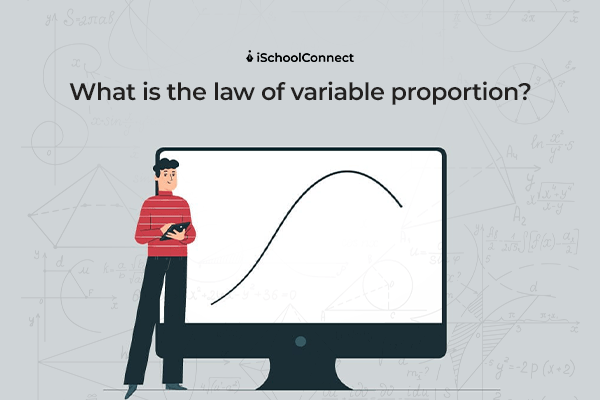Table of Contents
The law of variable proportion is recognized as one of the most essential theories in the realm of economics. The law states that when the quantity of one factor of production is increased, there will be a resultant decline in the marginal product of that factor, keeping all other factors constant.
In other words, this law refers to the input-output relation when the output is increased in varying quantities by altering the quantity of a single input.
Learning everything there is to know about the variable proportion can provide you with the relevant skills needed for a career in the field of economics.
Keep reading to learn everything you need to know about this law!
What is an example of the law of variable proportion?
In this part of the blog, the law of variable proportion is explained with the following example –
Imagine you are at your favorite ice cream parlor and you begin eating scoops of ice cream one after the other. After 3 to 4 scoops, your satisfaction will be at the highest peak and then start diminishing at a steady rate. Eventually, you will reach a point when you are extremely satisfied and the likelihood of you eating another scoop is less.
This is a situation that highlights how the law of variable proportion comes into play in everyday life. According to the law, your output (satisfaction levels) can vary
depending on the steadily changing quantity of the input (the ice cream scoops). As the number of scoops increases, your satisfaction begins diminishing until a point when you will not want to eat another scoop.
Paul A. Samuelson states the law of variable proportion as follows –
“An increase in some inputs relative to other fixed inputs will, in a given state of technology, cause output to increase; but after a point, the extra output resulting from the same addition of extra inputs will become less.”
What are the assumptions of the law of variable proportion?

The law of variable proportion (also referred to as the ‘law of proportionality’) works only within a specified range of situations.
Here are some assumptions upon which the law of variable proportion works –
- A constant state of technology
The first assumption that is made with this law is that the state of technology for the given situation remains unchanged. In cases where the technology is improved, the marginal product may rise (rather than diminish).
- Variable factor proportions
The variable factor proportions assumption states that the factors of production are variable. The law of variable proportion is not valid if all the factors of production are fixed.
- Homogenous factor units
This assumption states that all the units produced should be identical in quality, quantity, and price for the law of variable proportion to hold valid. The units produced need to be homogenous.
- Short-run
The final assumption of the law states that it is applicable for systems that are operating only for a short period. During this period, it should not be possible to alter all factor inputs.
What are the three stages of the law of variable proportion?

The law of variable proportions has three fundamental stages, as described below –
Stage I
In stage I, the Total Physical Product (TPP) increases at a steady rate while the Marginal Physical Product (MPP) increases as well. The MPP increases with a boost in the units of the associated variable factor. Therefore, this particular stage is also referred to as the stage of increasing returns.
Significance of stage I – The producer does not operate in stage I. The marginal product, however, increases with an increase in the variable factor. As a result, the producer can consider employing more units of the variable to utilize the fixed factors as efficiently as possible. It is at this stage that the producer tries to expand further.
Stage II
In stage II, the TPP continues to increase but begins doing so at a diminishing rate. However, the increase is still positive. On the other hand, the MPP begins decreasing with an increase in the number of units that are present in the variable factor. This particular stage is referred to as the stage of diminishing returns.
Significance of stage II – This stage is considered among the most relevant stages of operation for a producer. During this stage, primary objectives can be accomplished with resources being used as effectively as possible.
Stage III
During stage III, the TPP starts declining and the MPP decreases and becomes negative. Therefore, this stage of the process is referred to as the stage of negative returns.
Significance of stage III – In stage III, there is a complete decline in the total product and the marginal product becomes negative. Therefore, to increase the output, the producers reduce the amount of the variable factor involved. However, this incurs higher costs and lesser revenues, contributing to significantly lower profits.
Key takeaways
- The law of variable proportion is one of the most important laws in the field of economics.
- If you are considering pursuing a career in this industry, learning everything there is to know about this law is essential.
- The law of variable proportion has several applications across different industries, allowing you to approach strategies from an economical perspective.
- Understanding the assumptions of this law can help you create the ideal scenario required for the rule to function.
- Keeping in mind the significance of each stage of the law of variable proportion can also significantly streamline industrial processes.
Was this blog informative? If yes, please share your thoughts in the comments below. Click here to reach out to us for more information on the law of variable proportion. We would be happy to assist you with your queries!
Liked this blog? Read next: Frequently asked questions in economics interview you must know about
FAQs
Q1. What is the production function?
Answer – The production function explains the interrelationship between the factor input and output.
Q2. What is AP?
Answer – AP or average product is the total product (TP) divided by the total number of variable inputs. Therefore, the average product is the output per unit.
Q3. In which stage should a producer continue increasing production according to the law of variable proportion?
Answer – According to the law of variable proportion, a producer will continue to increase production in the second stage (also referred to as the stage of operation).






